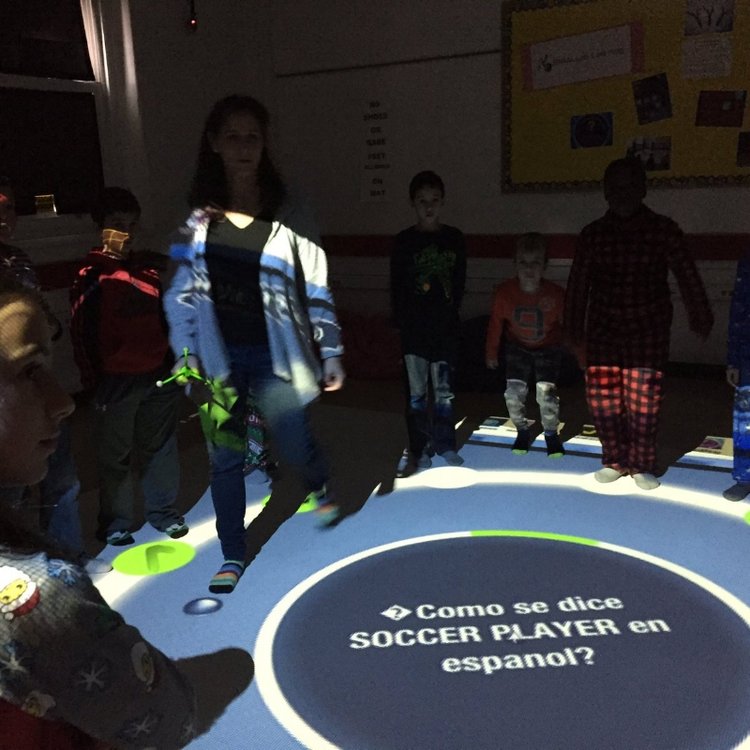Gamifying Language Learning

Foreign language learning in the 21st century is changing. Teachers are now competing with a tech-centric world. Keeping students fully engaged has become a challenge. As 21st century learners, students must develop their critical thinking, collaboration, creativity, and communication skills. Teachers are required to integrate a suitable framework for boosting these skills. Classrooms are requiring a higher level of engagement. What is the best way to achieve this?
Getting in the Language Learning Game
Teachers have played language immersion games in the classroom before. Students must understand the situational context; just like the real world, they must make choices. Games mechanics or rule based simulations can enhance the language learning experience.
In an collaborative learning environment like SMALLab, timers add that additional element that requires fast decision-making. Players must communication with one another, collaborate, work together. The movement requires engagement. The actions of the players reinforce the learning process.
Students at Episcopal School of Baton Rouge use Color Mixer in their French class. Students not only have to know the colors in French, but they must communicate with the other players to let them know when to raise their wand.
With SMALLab, teachers are able to customize activities through our Resources Service. They can create questions that pertain to their specific lessons, geared specifically for their students.
This Spanish 6 class at Providence Day School in Charlotte, North Carolina, uses the Spinner Scenario to help their students learn.
The Desire to Succeed
There is something about a game that makes us want to try again. “Good games are designed in such a way that the more we fail the more we want to succeed. It’s this dynamic which language learners can tap into,” André Klein, 3 Reasons Why Video Games Are Underestimated In Language Learning. The repetition in striving for the best score or beating the clock, strengthens and reinforces the language and drives a student towards mastery.
Gamifying the process of language learning through educational technology can easily provide framework for achieving positive student engagement…It is clear that gamification should be an intrinsic part of the undergoing revolution of our classrooms.
– Jovana Cenejac, Gamification Is Reshaping The Language Learning Landscape
